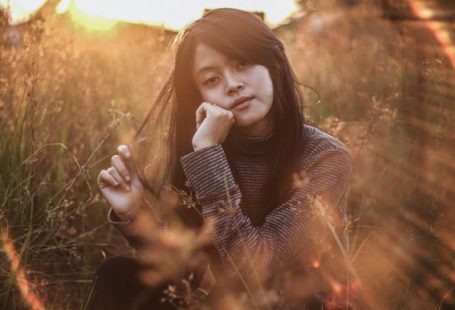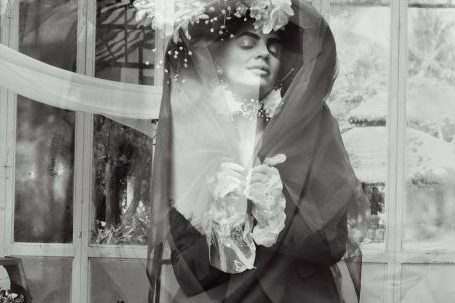Capturing beautiful portraits requires more than just pointing your camera and pressing the shutter button. It takes skill, creativity, and an understanding of the art of portraiture. In this ultimate guide, we will explore the key elements of portrait photography and provide you with valuable tips and techniques to help you take stunning portraits that truly capture the essence of your subject.
Understanding Lighting
Lighting is a crucial element in portrait photography. It can make or break a shot. Natural light is often the most flattering for portraits, especially during the golden hour – the period shortly after sunrise or before sunset when the light is soft and warm. Position your subject facing the light source to create a pleasing, even illumination on their face.
If shooting indoors, experiment with different lighting setups. Softboxes and umbrellas can help diffuse harsh light, while reflectors can be used to bounce light back onto your subject, filling in shadows and creating a more balanced look.
Composition and Framing
Composition plays a vital role in creating compelling portraits. Consider the rule of thirds, where you divide your frame into a grid of nine equal sections and place your subject at the intersection points. This creates a visually pleasing balance and draws the viewer’s eye to the subject.
Experiment with different angles and perspectives. Don’t be afraid to get down low or shoot from above to add variety to your portraits. Also, pay attention to the background and ensure it doesn’t distract from your subject. Simple and uncluttered backgrounds work best in most cases.
Posing Techniques
Guiding your subject through poses is an essential skill for a portrait photographer. Start by establishing a connection and making them feel comfortable in front of the camera. Encourage natural and relaxed poses, and avoid stiff and awkward positions.
Experiment with different poses to capture a range of emotions and expressions. Have your subject interact with their surroundings or engage in an activity that reflects their personality. Remember, the goal is to capture their true essence, so be patient and allow them to express themselves freely.
Focus and Depth of Field
Achieving sharp focus on your subject’s eyes is crucial in portrait photography. The eyes are the windows to the soul, and they should be the focal point of your image. Use a wide aperture (low f-stop number) to create a shallow depth of field, blurring the background and drawing attention to the eyes.
However, be cautious with your focus. Shooting wide open can result in a very shallow depth of field, leading to parts of your subject being out of focus. Experiment with different apertures to find the right balance between a sharp subject and a pleasing background blur.
Post-Processing and Editing
Post-processing is an integral part of modern portrait photography. Use editing software to enhance your images and bring out the best in your subjects. Adjust the exposure, contrast, and colors to achieve the desired look and mood.
Be careful not to overdo it, though. Strive for a natural and realistic result that still retains the essence of your subject. Experiment with different editing styles, but always keep in mind the importance of preserving the authenticity of the portrait.
In conclusion,
Portrait photography is an art form that requires a combination of technical skills and creativity. By understanding the fundamentals of lighting, composition, posing, and post-processing, you can take your portraiture to the next level. Remember to practice, experiment, and most importantly, have fun capturing the unique beauty of each individual you photograph.





